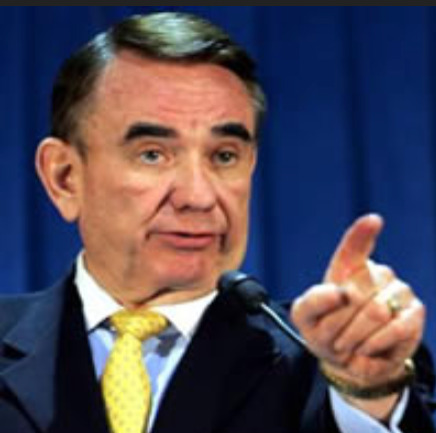Meeting the Deep State (2)

We worked with Mac Showers to talk about his remarkable career in War and Cold Peace. It was fun, and a lot of issues came up. In wartime, he had been a purely military contributor to the war against Japan. In that struggle there were two major components driven by organizational issues back in Washington. One, of course, is the one we were documenting there at the Willow’s bar, the one run by Navy with the remarkable Admiral Chester Nimitz. There was another one, managed by the War Department’s General Douglas MacArthur. We have often told the story of how we came to be friends with Mac Showers, which was a casual remark we made about “Dug-Out Doug,” MacArthur’s World War One nickname.
Mac wanted to remind us of General Order Number One on the Nimitz Staff, which was to not disparage the proud general. It caused more trouble than it was worth. In terms of Mac’s life and times, we also covered the years of transition after the war was done. A trip to Washington and the halls of the Navy Department resulted in Mac’s selection to continue Naval Service in Peacetime and in the reorganization of what became the Defense Department.
A lot of things were swept up and combined in an effort to unify effort against a new enemy, the former Ally of Joe Stalin’s Soviet Union. Parts of that story were not publicized when they occurred but popped up over the years. “Operation PAPERCLIP” was one of them. That was the effort to evacuate Dr. Werner Von Braun’s German rocket scientists to the desert of the American Southwest to create a capability to deliver the new atomic bomb in arcs across space.
The Navy had a similar project headquartered at The Castle, once an estate on Long Island near New York City. That effort combined some of the unique and extra-legal capabilities of the Mob, which had been harnessed by the Law Enforcement establishment in the Big Apple who had joined the Naval Reserve to help win the war and became part of the vast arsenal mobilized against Fascism.
Parts of that contribution appeared later in rather sensational accounts of the contribution of formerly organized crime to organizations like the Special Operations Executive, and which were likewise swept up in the creation of the Central Intelligence Agency. President Harry Truman was quoted much later as observing that if he had known the full dimensions of what he created in 1947, he might not have signed it into being.
That was not the thrust of those discussions with Mac, of course. But some parts of the old story remained in the dusty archives.
The events of 9/11 brought them back with sudden relevance. In the days in which massive nuclear exchange was a possibility, there was a contingency system in which a legal successor to Presidential power in the Cabinet was always held away from gatherings in which the government could be “decapitated” by killing our leadership in a single event. Someone had to be located away from such gatherings. The system was quite elaborate in the method of doing so. Parts of it remained even after the Cold War was done, and the events of 9/11 brought some of them unexpectedly to life to protect our enduring Constitutional system.
In one of the dusty stacks of paper was the charter to provide necessary support to the Cabinet Secretary dispatched to an “undisclosed location” for security. The office designated to provide such support had lurched from one organization to another over the years. It had not been exercised in anyone’s memory, but it turned out to have landed on the staff in which I worked. Responsibility for actually providing the support even more surprisingly had landed on the desk at which I was then sitting. Not by design, not by talent. Just by coincidence of time.
That is how I found myself seated across a conference table in a room deep underground by turns from three Cabinet Secretaries eligible to succeed to the Presidency. Two of them- Interior and Education- had little interest in their forced presence and were eager to get back to their plusher offices and larger staffs back in Washington DC.
The third one was someone different. His name was Tommy Thompson, a former Governor of the State of Wisconsin, and then Secretary of the Department of Health and Human Services. I was responsible for providing “intelligence” support to Secretary Thompson, and wound up spending several hours alone chatting with him about all sorts of stuff.
We are a little more familiar with the myriad of activities involved in Public Health these days after the nightmarish progress of the Pandemic. There is a direct connection from our days to those in the beginning of what we came to call The Global War on Terror, or “GWOT.”
We will have to get to that tomorrow, though. It is sort of interesting, particularly as it pertains to what might be coming next in this astonishing collision of technology, public policy, and global governance, you know?
Copyright 2023 Vic Socotra
www.vicsocotra.com
